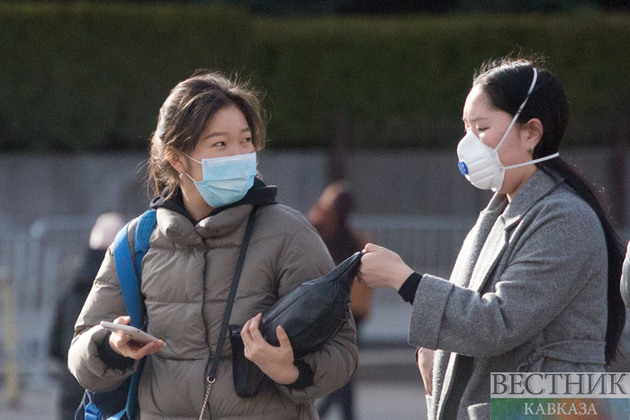Satellite images of hospital parking lots in Wuhan as well as internet search trends, show the coronavirus may have been spreading in China as early as last August, according to a new study from Harvard Medical School.
The study, which has not yet been peer-viewed, found a significantly higher number of cars in parking lots at five Wuhan hospitals in the late summer and fall of 2019 compared to a year earlier; and an uptick in searches of keywords associated with an infectious disease on China's Baidu search engine.
Researchers saw "a steep increase in volume starting in August 2019 and culminating with a peak in December 2019," the team, led by Boston Children's Hospital chief innovation officer John Brownstein, wrote in a preprint posted on Harvard's DASH server.
Using images from October 2018, the researchers counted 171 cars in the parking lots at one of Wuhan's largest hospitals, Tianyou Hospital. Satellite data a year later showed 285 vehicles in the same lots, an increase of 67%, and as much as a 90% increase in traffic during the same time period at other Wuhan hospitals.
"Individual hospitals have days of high relative volume in both fall and winter 2019. However, between September and October 2019, five of the six hospitals show their highest relative daily volume of the analyzed series, coinciding with elevated levels of Baidu search queries for the terms 'diarrhea' and 'cough'," they wrote.
"This is all about trying to piece together a complicated puzzle of what was taking place at the time," Brownstein told CNN.
"The data is actually especially compelling because we saw increases in people searching for gastrointestinal disease - diarrhea - which were increasing at a level that we hadn't seen at all, historically, and we now know now that gastrointestinal symptoms are a really important marker for Covid," he added. "A huge percentage of people that actually end up testing positive in Wuhan actually had presented symptoms of diarrhea."
Using "validated data streams" for respiratory disease surveillance isn't new and it's also a technique employed by intelligence agencies.
"Both the idea that hospital parking lots or business can be used can be a relative indicator for something happening in a population," Brownstein said. "We actually published on this years ago where we showed that hospitals in Latin America got super busy during flu season. You could predict flu season just by looking at the parking lots."
And that was the idea in this study, he said.
"Now we can't prove clearly what was driving some of these signals but it sort of adds to a growing body of evidence that something was happening ahead of when it was officially recognized," CNN cited him as saying.
"While we cannot confirm if the increased volume was directly related to the new virus, our evidence supports other recent work showing that emergence happened before identification at the Huanan Seafood market," according to Brownstein and his team. "These findings also corroborate the hypothesis that the virus emerged naturally in southern China and was potentially already circulating at the time of the Wuhan cluster."
More than 7 million people have since been infected with the deadly virus worldwide, according to Johns Hopkins University, with more than 404,000 global deaths and more than 110,000 deaths in the U.S.






